Xhosa Dresses 2024: A Closer Look at the Vibrant Patterns and Colors
Xhosa Dresses 2024: A Closer Look at the Vibrant Patterns and Colors
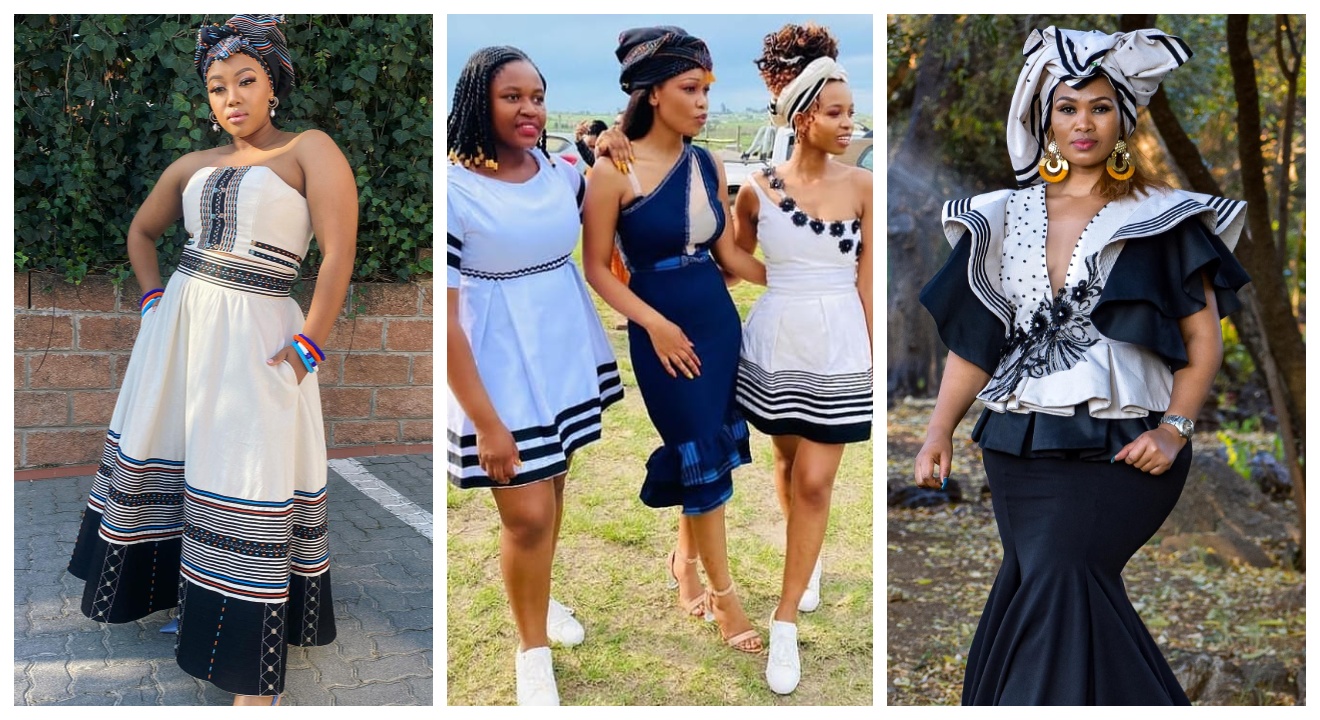
Introduction
When it comes to fashion and cultural expression, Xhosa dresses are a true testament to the vibrancy and beauty of African traditions. These dresses, with their bold patterns and vibrant colors, hold a special place in the hearts of the Xhosa people of South Africa. They not only serve as a form of personal expression but also carry deep cultural significance.
Introduction to Xhosa Dresses and their cultural significance
The Xhosa people, who are part of the larger Nguni ethnic group, have a rich history and culture that is reflected in their traditional attire. Xhosa dresses, known as “isikhakha” or “umbhaco,” are meticulously crafted garments that showcase intricate beadwork, embroidery, and unique patterns. Each dress tells a story, representing the wearer’s heritage, social status, and personal identity.
These dresses are often worn during special occasions such as weddings, initiation ceremonies, and cultural festivals. They are not only a symbol of beauty but also serve as a way for the Xhosa people to connect with their ancestors and preserve their cultural heritage.
The vibrant colors used in Xhosa dresses hold symbolic meanings. For example, red represents love and passion, while blue symbolizes purity and spirituality. The patterns on the dresses also have significant meanings, such as fertility, protection, or prosperity.
Xhosa dresses have gained international recognition for their unique aesthetics and cultural value. They have become a source of inspiration for fashion designers around the world who incorporate elements of Xhosa fashion into their collections.
In conclusion, Xhosa dresses are more than just garments; they are an embodiment of culture, tradition, and identity. Their vibrant patterns and colors not only make them visually stunning but also serve as a powerful medium for storytelling and preserving the rich heritage of the Xhosa people.

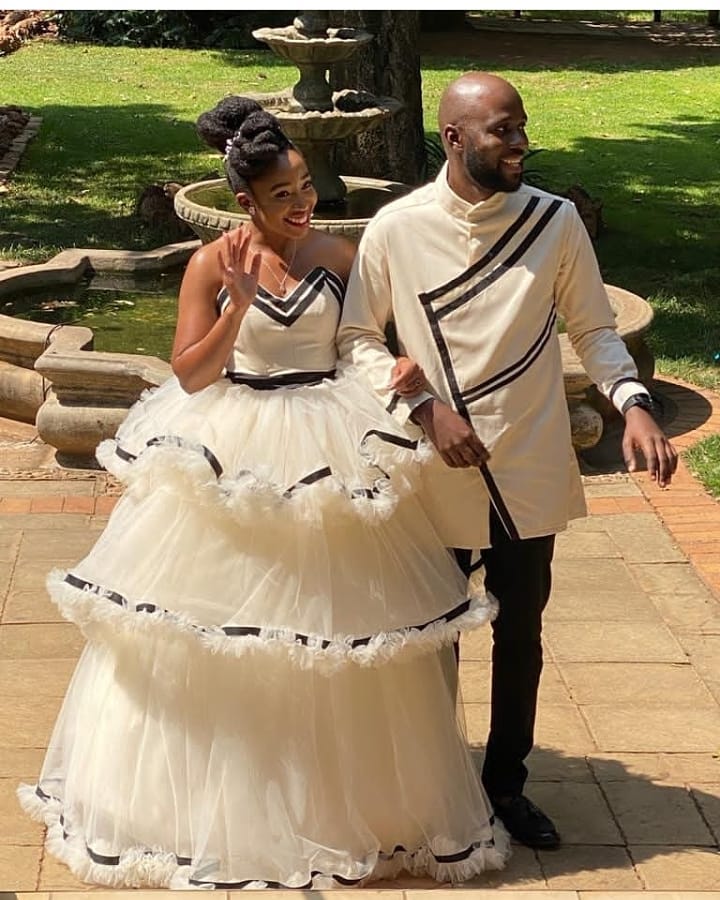
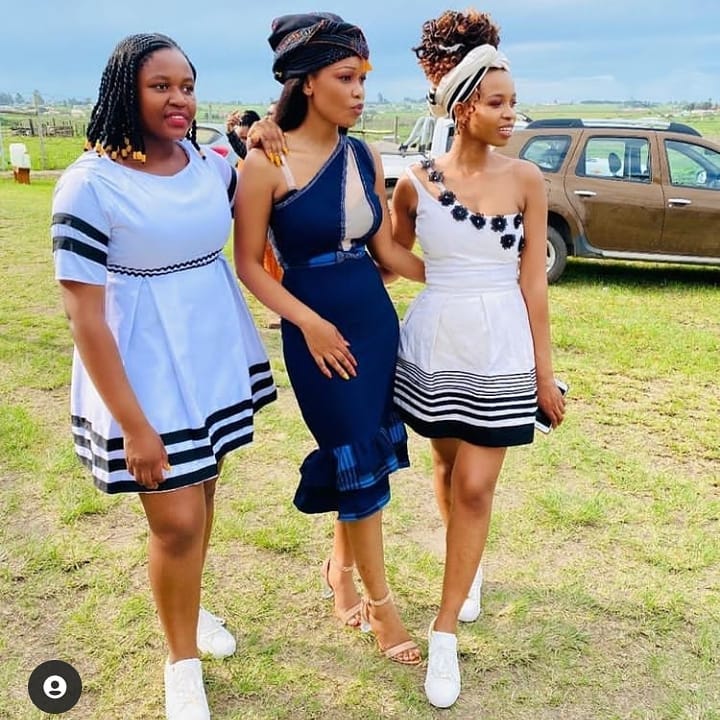
History of Xhosa Dresses
The origin and evolution of Xhosa Dresses
Xhosa dresses are known for their vibrant patterns and colors, which reflect the rich cultural heritage of the Xhosa people in South Africa. These dresses have a long history that dates back centuries.
The Xhosa people have been wearing traditional attire for generations, with each dress representing different stages of life, such as initiation ceremonies and weddings. The dresses are often made from colorful fabrics, such as shweshwe or wax prints, and are adorned with intricate beadwork and embroidery.
Over the years, Xhosa dresses have evolved to incorporate modern fashion trends while still maintaining their traditional elements. Designers have experimented with different silhouettes, cuts, and styles to create unique and contemporary designs that appeal to a wider audience.
Xhosa dresses have gained international recognition and are often showcased on runways and at cultural events. They have become a symbol of pride and identity for the Xhosa people, as well as a way to celebrate their cultural heritage.
The vibrant patterns and colors of Xhosa dresses not only make them visually appealing but also serve as a way to express creativity and individuality. Each dress tells a story and represents the wearer’s personality and cultural background.
In conclusion, Xhosa dresses are more than just garments; they are a celebration of culture, tradition, and identity. They continue to evolve and inspire new generations to embrace their heritage while embracing modern fashion trends.

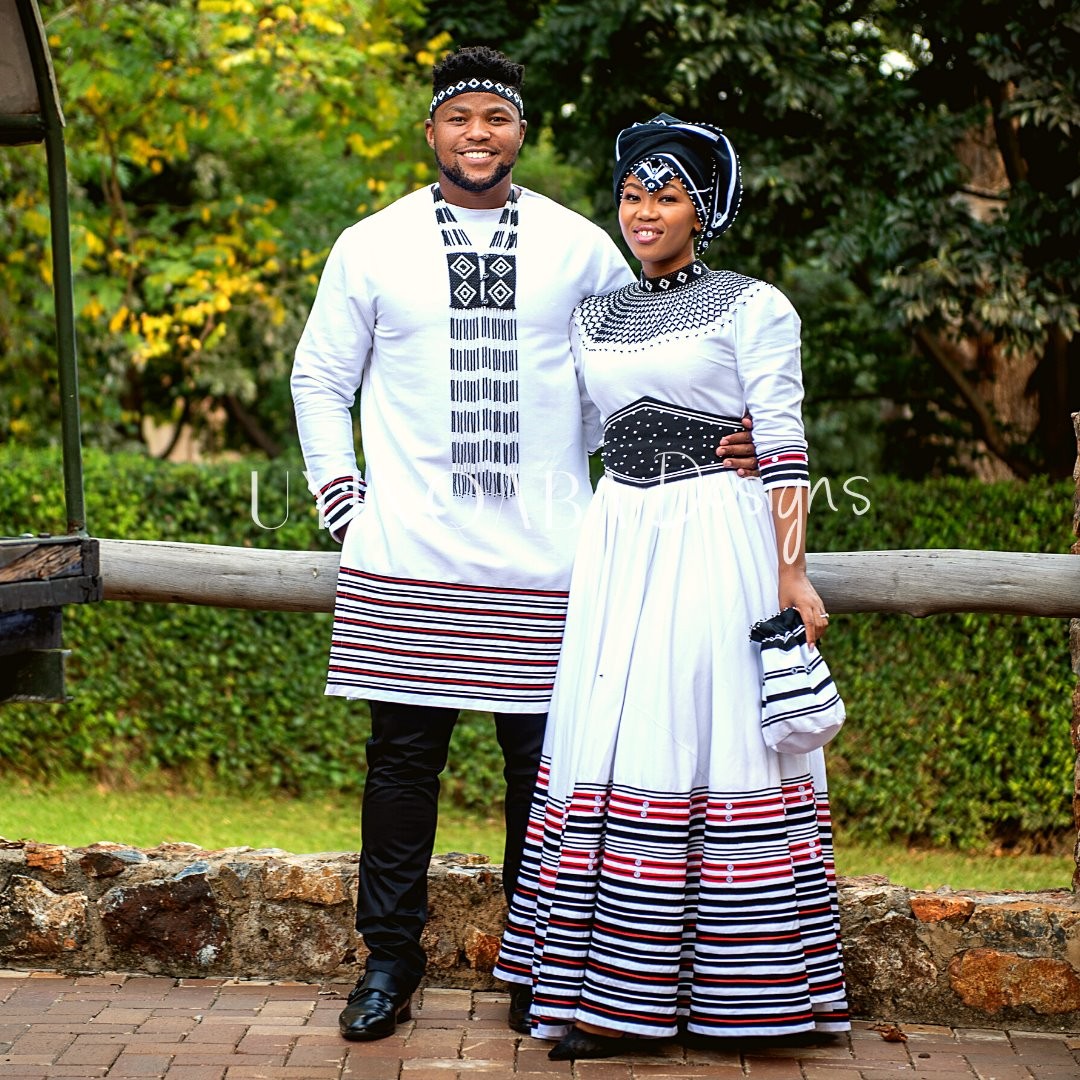
Traditional Xhosa Dress Styles
Exploring different traditional Xhosa dress styles
The Xhosa people of South Africa have a rich cultural heritage, and their traditional dress is a vibrant reflection of their identity. Xhosa dresses are known for their bold patterns and bright colors, which symbolize different aspects of their culture and history.
One popular style of Xhosa dress is the “umakoti” or bride’s dress. This dress is typically made from colorful fabric with intricate beadwork and embroidery. It is worn by brides during traditional wedding ceremonies and is a symbol of beauty and femininity.
Another traditional Xhosa dress style is the “isiduko” or clan dress. Each clan has its own unique pattern and color combination, which represents their ancestral lineage. These dresses are often worn during cultural events and celebrations to showcase pride in one’s heritage.
The “imibhaco” dress is another iconic Xhosa style. It consists of a long, flowing skirt paired with a matching top, both adorned with vibrant geometric patterns. This dress is commonly worn by women during important ceremonies and festivals.
Xhosa dresses not only celebrate the cultural heritage of the Xhosa people but also serve as a way to express individuality and creativity. The intricate designs and vibrant colors make these dresses truly eye-catching and unique.
Whether it’s for a wedding, cultural event, or simply to embrace the beauty of Xhosa culture, wearing a traditional Xhosa dress allows individuals to connect with their roots and celebrate the diversity of South Africa.

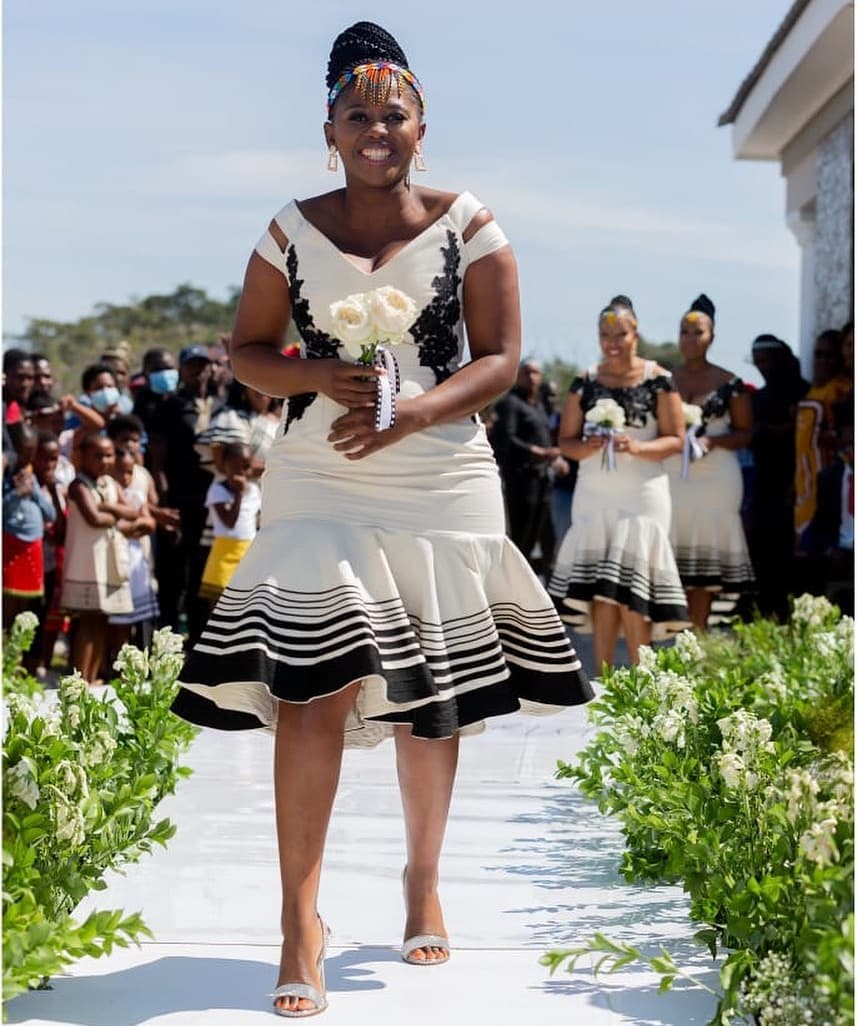
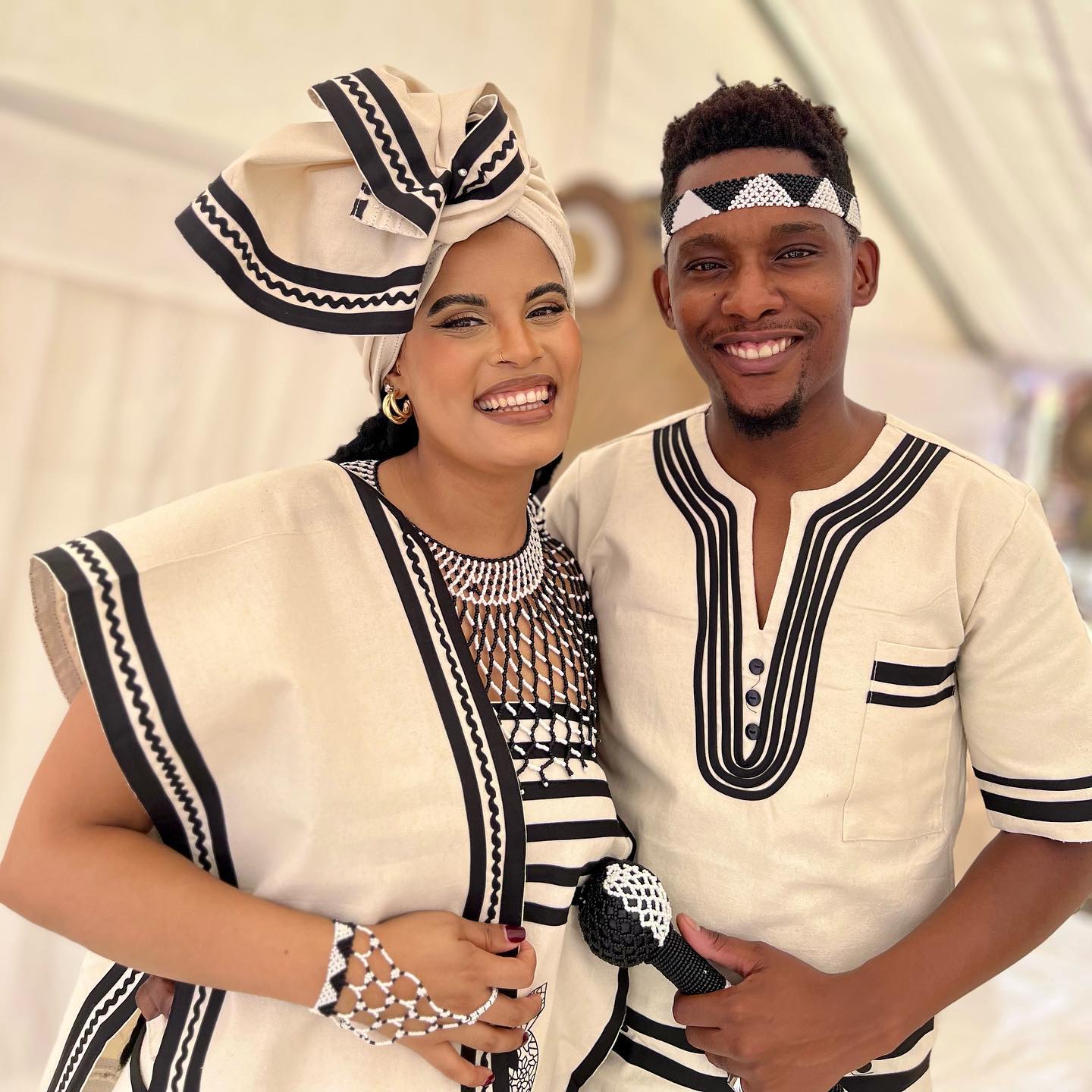
Vibrant Patterns and Colors
Understanding the vibrant patterns and colors used in Xhosa Dresses
Xhosa Dresses are known for their vibrant patterns and colors, which play a significant role in the cultural identity of the Xhosa people. These dresses are a reflection of the rich heritage and traditions of the Xhosa community.
The patterns used in Xhosa Dresses often feature bold geometric shapes, intricate beadwork, and vibrant colors such as red, yellow, blue, and green. Each pattern has a symbolic meaning, representing aspects of Xhosa culture, history, and spirituality.
The vibrant colors used in Xhosa Dresses are not only visually appealing but also hold cultural significance. For example, red is associated with love and passion, while yellow represents wealth and fertility. Blue is often used to symbolize purity and spirituality, while green signifies growth and prosperity.
The combination of these vibrant patterns and colors creates a visually stunning attire that celebrates the beauty and diversity of Xhosa culture. Xhosa Dresses are not just garments; they are a form of self-expression and pride for the Xhosa people.
Whether worn for traditional ceremonies or special occasions, Xhosa Dresses are a testament to the creativity and craftsmanship of the Xhosa community. They showcase the unique cultural heritage of the Xhosa people and serve as a reminder of their traditions and values.
In conclusion, the vibrant patterns and colors used in Xhosa Dresses are an integral part of the cultural identity of the Xhosa people. They represent their rich heritage, traditions, and values. These dresses are not only visually striking but also hold deep symbolic meanings that reflect various aspects of Xhosa culture.
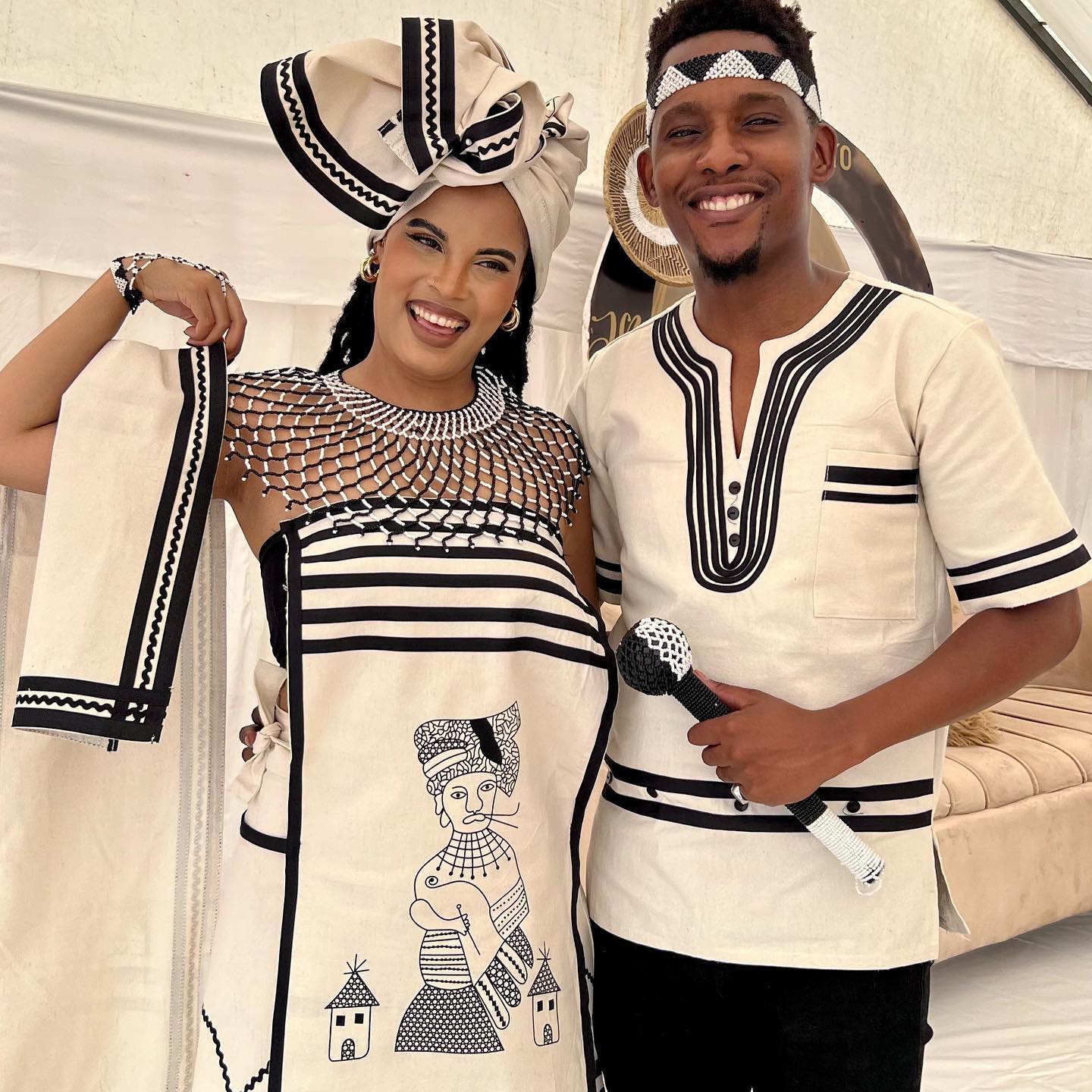
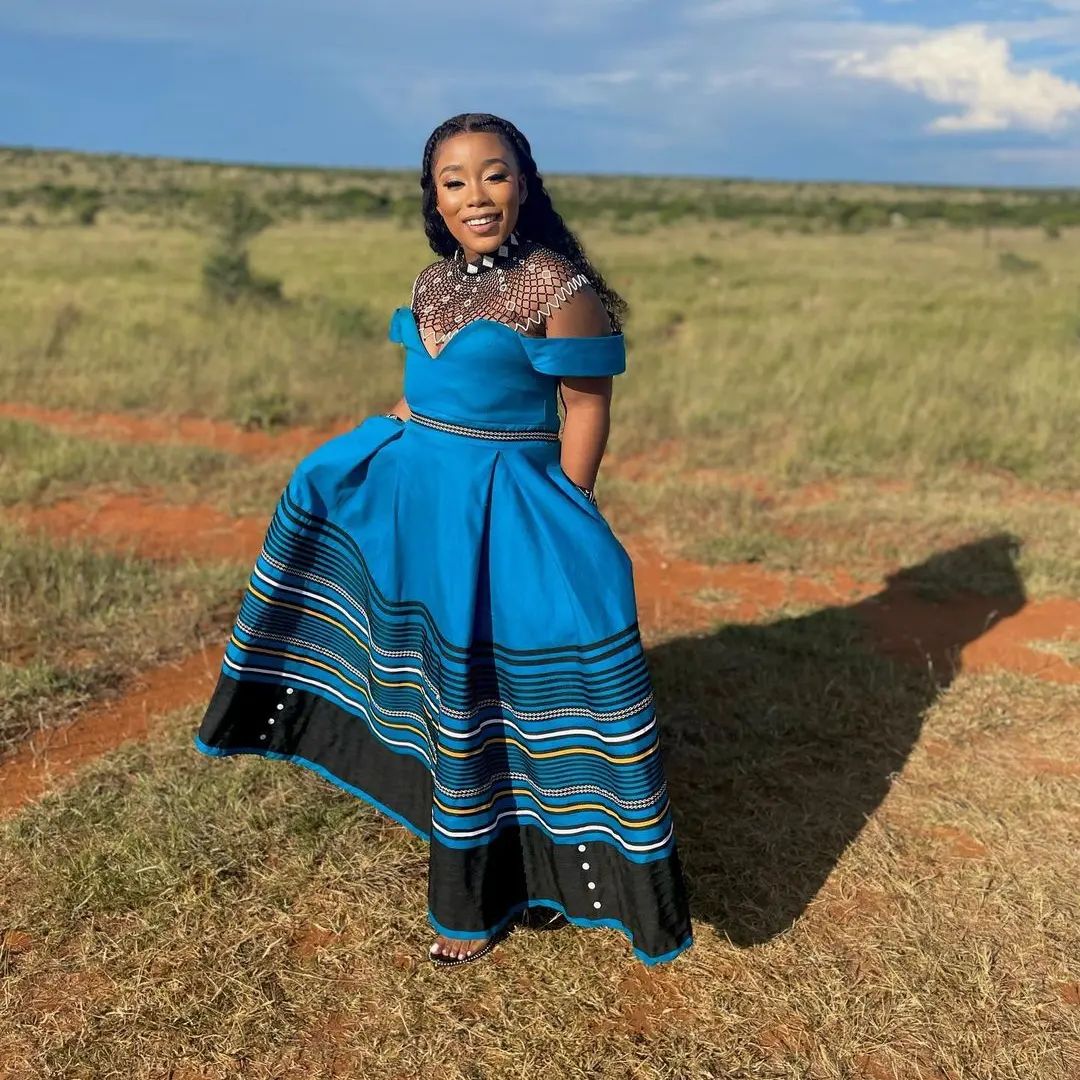
Symbolism and Meanings
Exploring the symbolism and meanings behind the patterns and colors in Xhosa Dresses
Xhosa dresses are known for their vibrant patterns and colors, which hold deep symbolism and meanings within the Xhosa culture. Each pattern and color tells a story and represents different aspects of life, spirituality, and heritage. The intricate geometric patterns often symbolize unity, strength, and community. The colors used in Xhosa dresses also have significant meanings. For example, red represents power and passion, while blue symbolizes spirituality and protection. Green is associated with growth and fertility, while yellow represents wealth and prosperity. These symbolic elements not only make Xhosa dresses visually stunning but also serve as a way to express cultural identity and values. Whether worn for traditional ceremonies or modern events, Xhosa dresses are a celebration of the rich heritage and traditions of the Xhosa people.
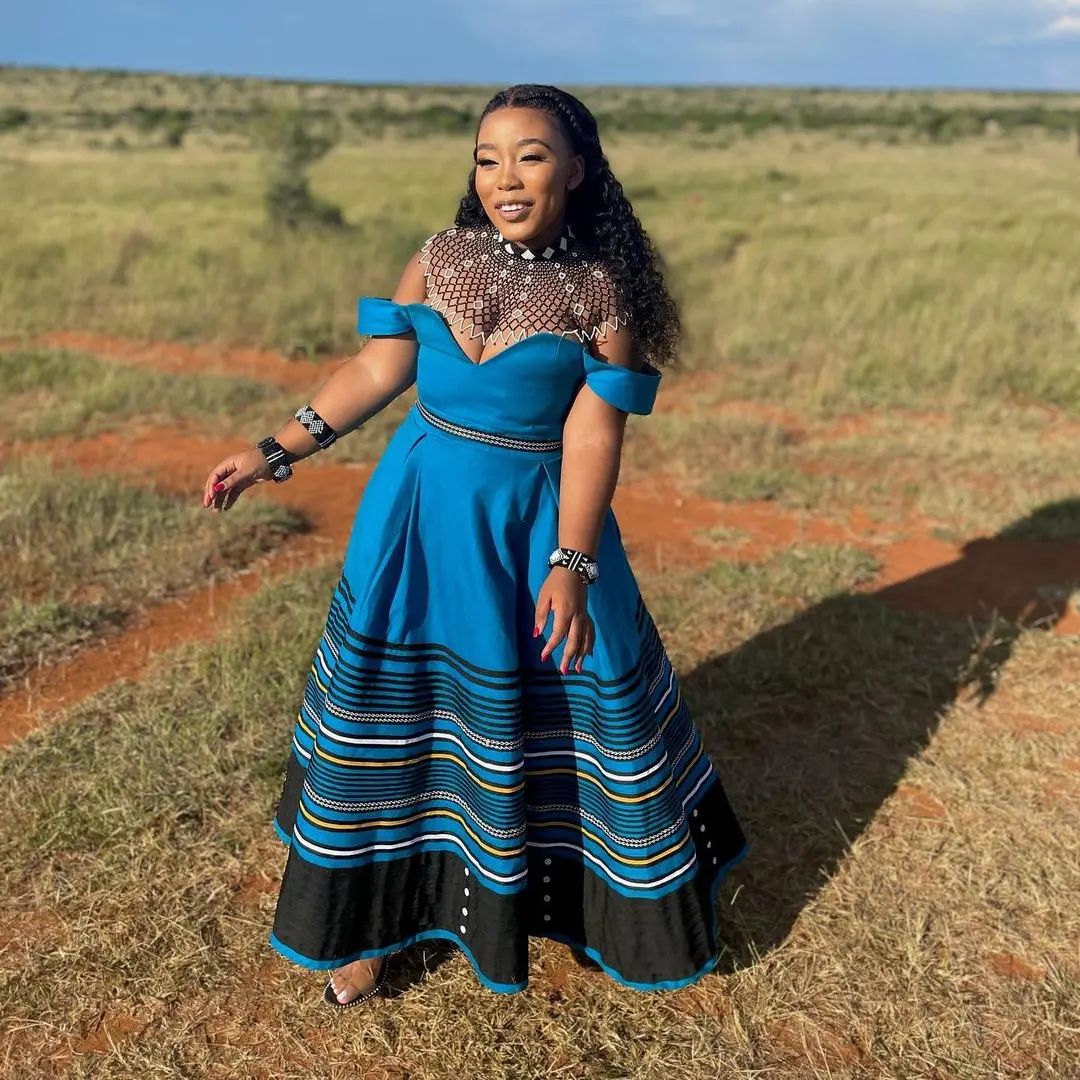

Contemporary Xhosa Dress Designs
Highlighting modern and contemporary Xhosa dress designs
The Xhosa people of South Africa have a rich cultural heritage that is reflected in their vibrant and colorful dress designs. Traditional Xhosa dresses are known for their bold patterns and bright colors, which are often inspired by nature and the surrounding environment.
In recent years, there has been a rise in contemporary Xhosa dress designs that incorporate modern elements while still honoring the traditional aesthetic. These modern designs often feature unique combinations of patterns, colors, and fabrics, resulting in stunning and eye-catching garments.
Contemporary Xhosa dresses are not only worn for special occasions or cultural events but have also gained popularity as fashionable attire for everyday wear. Many designers have embraced the beauty and versatility of Xhosa dress designs, incorporating them into their collections and showcasing them on international runways.
The vibrant patterns and colors of Xhosa dresses not only make a fashion statement but also serve as a celebration of Xhosa culture and identity. By wearing these dresses, individuals can proudly display their heritage and pay homage to their ancestors.
Whether it’s a traditional or contemporary design, Xhosa dresses continue to captivate people with their unique blend of tradition and modernity. They not only showcase the creativity and craftsmanship of the Xhosa people but also serve as a symbol of cultural pride and unity.
So, if you’re looking to add a touch of vibrancy and cultural significance to your wardrobe, consider exploring the world of Xhosa dress designs. You’ll be amazed by the beauty and artistry that these garments possess.
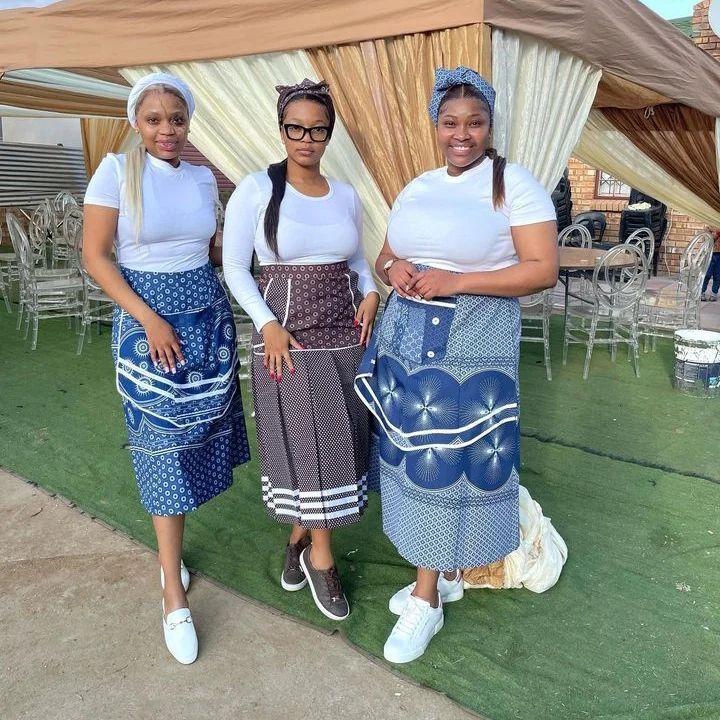
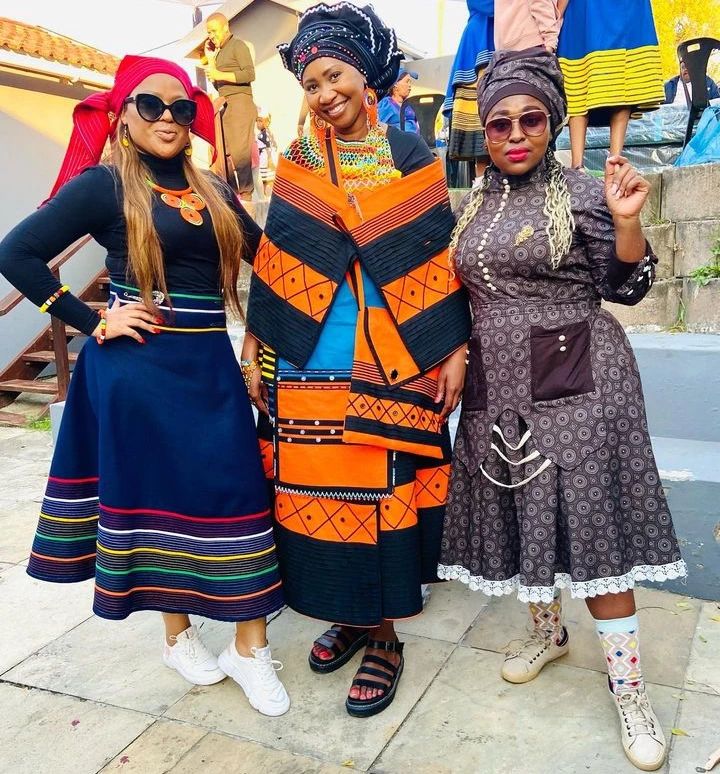
Xhosa Dress Accessories
When it comes to Xhosa dresses, the vibrant patterns and colors are not the only elements that make them stand out. Matching accessories and embellishments play a crucial role in completing the look and adding an extra touch of elegance.
Matching accessories and embellishments for Xhosa Dresses
- Headpieces: Traditional Xhosa dresses are often paired with intricately designed headpieces, such as beaded crowns or turbans. These accessories not only complement the dress but also showcase the rich cultural heritage of the Xhosa people.
- Jewelry: To enhance the overall look, Xhosa dresses are often accessorized with stunning jewelry pieces. This can include necklaces, bracelets, and earrings adorned with colorful beads, shells, or precious stones. The jewelry adds a touch of glamour and completes the traditional attire.
- Shawls: Xhosa dresses are often accompanied by beautifully patterned shawls or wraps. These shawls not only provide warmth but also add an additional layer of style to the outfit. They can be draped over the shoulders or worn as a headscarf, depending on personal preference.
- Footwear: Completing the look, Xhosa dresses are often paired with traditional footwear such as beaded sandals or leather shoes. These shoes not only add to the overall aesthetic but also showcase the attention to detail in traditional Xhosa attire.
In conclusion, accessorizing Xhosa dresses with matching accessories and embellishments is essential to create a complete and stunning look. From headpieces to jewelry, shawls, and footwear, each accessory adds its own unique touch to the vibrant patterns and colors of Xhosa dresses.


Xhosa Dress in Pop Culture
Acknowledging the influence of Xhosa Dresses in popular culture
Xhosa dresses have gained significant recognition in popular culture, captivating people with their vibrant patterns and colors. These traditional garments are not only a symbol of the Xhosa people’s rich heritage but have also made their way into the fashion world, inspiring designers and celebrities alike. From reds, blues, and yellows to intricate beadwork and bold prints, Xhosa dresses exude a sense of cultural pride and beauty. Whether worn for special occasions or as everyday attire, these dresses continue to make a statement and celebrate the unique traditions of the Xhosa people.
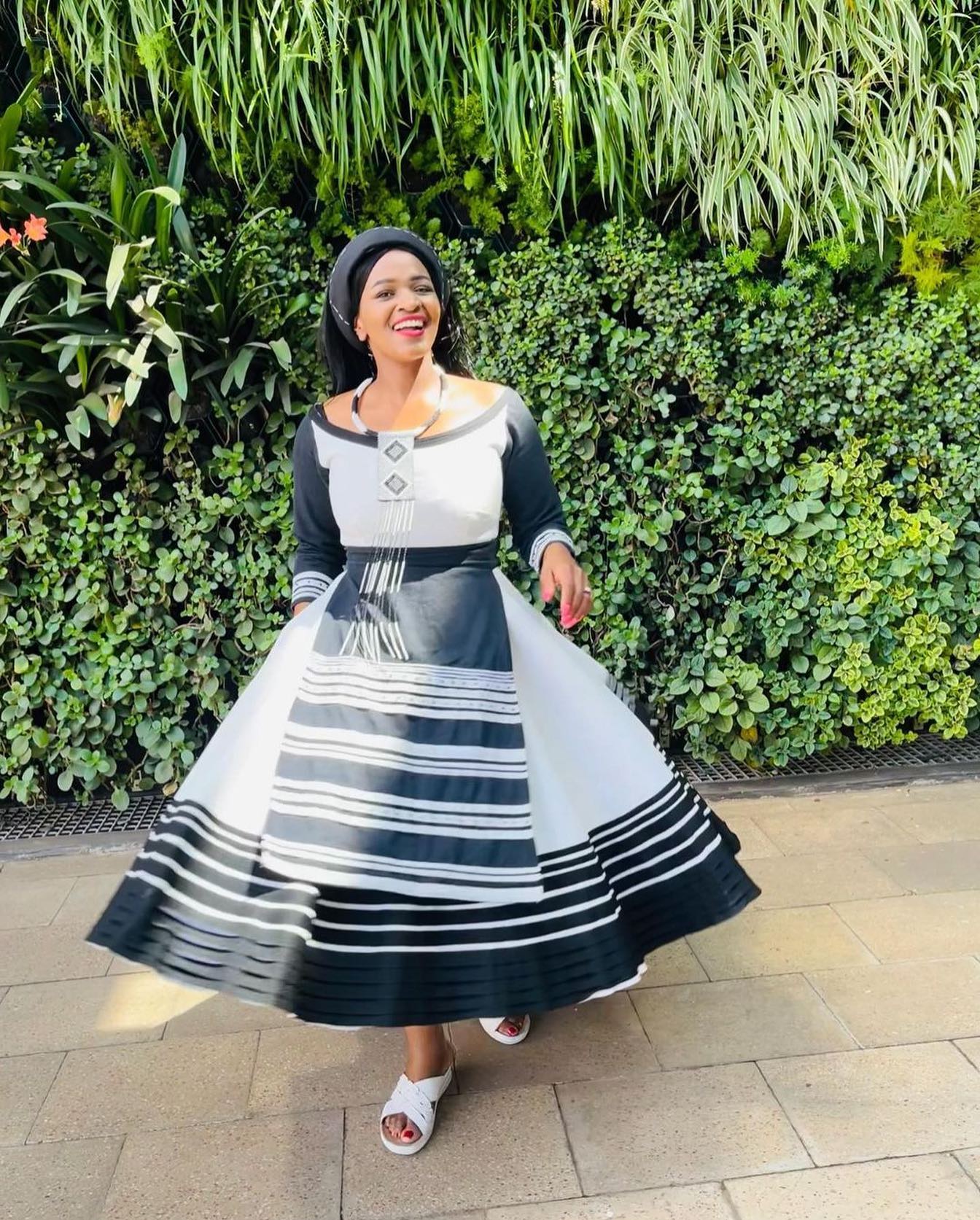

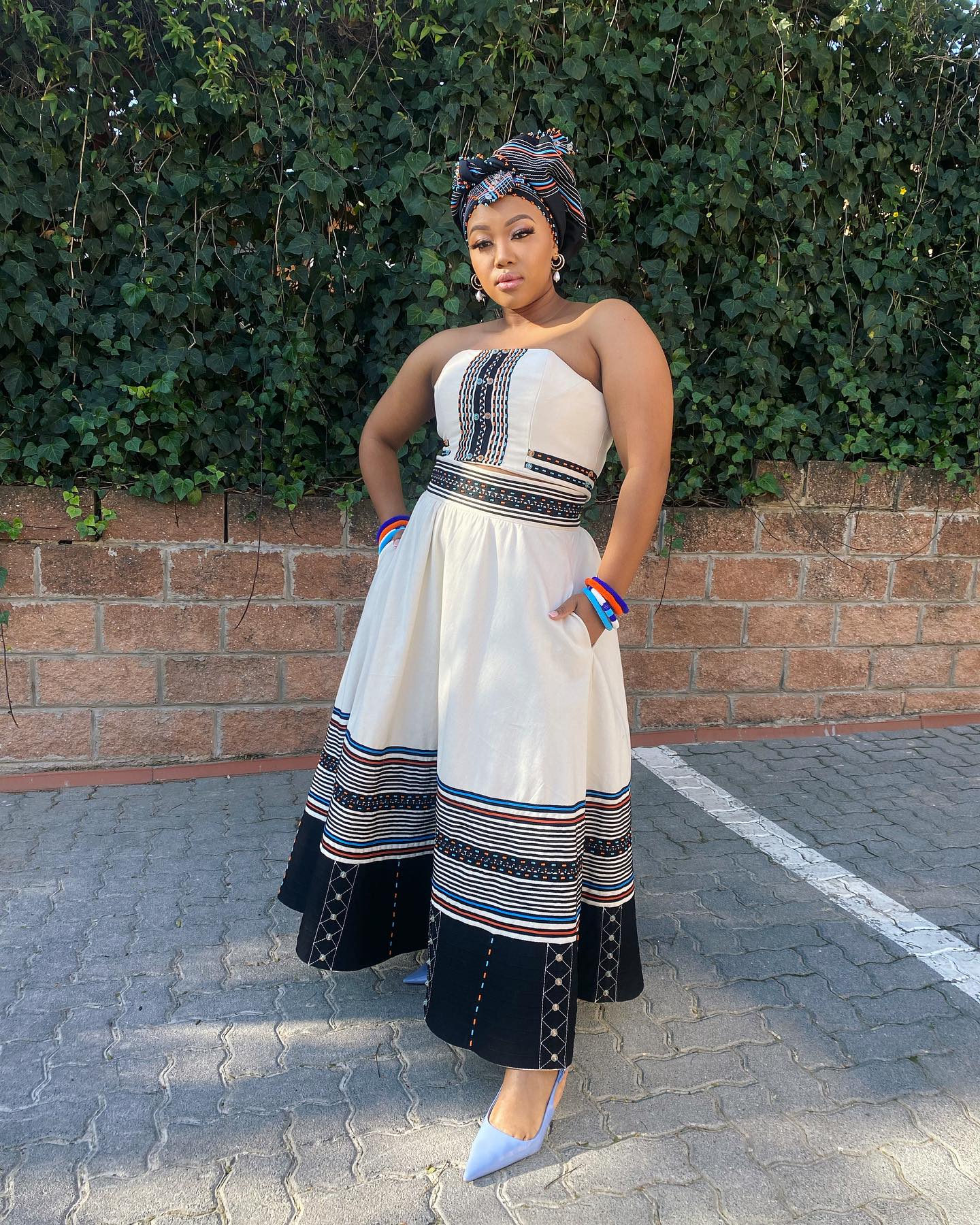

Conclusion
Celebrating the beauty and cultural heritage of Xhosa Dresses
Xhosa dresses are not just garments; they are a celebration of the rich cultural heritage of the Xhosa people. The vibrant patterns and colors found in these dresses tell stories of tradition, history, and identity. From bold geometric designs to intricate beadwork, Xhosa dresses are a visual feast for the eyes. They are not only worn for special occasions but also serve as a way to honor and preserve Xhosa culture. So, next time you see a Xhosa dress, take a closer look and appreciate the beauty and significance it represents.
Comments are closed.